Northrop Frye on Literal and Descriptive Phases

After our brief introduction to the Second Essay in the Anatomy of Criticism, we will turn to the phases of literary symbolism. This will get very abstract, very quickly, because we are going to try to describe things are that are nearly indescribable. Bear with me, the only way out is through, and I will get more concrete at the end.
The first two phases of symbolic interpretation are the literal and descriptive phases. The characteristic methods for analyzing these phases are seeing symbol as motif, and seeing symbol as sign.

Frye makes an analogy to outward and inward, or centrifugal and centripetal, movements when he defines these two terms:
Whenever we read anything, we find our attention moving in two directions at once. One direction is outward or centrifugal, in which we keep going outside our reading, from the individual words to the things they mean, or, in practice, to our memory of the conventional association between them. The other direction is inward or centripetal, in which we try to develop from the words a sense of the larger verbal pattern they make.
--Northrop Frye, Second Essay
Here a sign has the common definition from logic and semiotics: it points to something else as a matter of convention. Thus a sign is what Frye refers to as the outward movement. A motif, on the other hand, only finds its meaning in internal reference, and is thus inward looking.
Frye is borrowing the term motif from music, the repeated combinations of notes that give some pieces thematic identity. Perhaps the most famous motif is the four note figure from Beethoven's Fifth Symphony.

Frye here makes his first important distinction. A given verbal structure [Frye's avoiding the term work again] can be classified according to whether its meaning is primarily directed outward or inward.
...verbal structures may be classified according to whether the final direction of meaning is outward or inward. In descriptive or assertive writing the final direction is outward. Here the verbal structure is intended to represent things external to it, and it is valued in terms of the accuracy with which it does represent them. Correspondence between phenomenon and verbal sign is truth; lack of it is falsehood; failure to connect is tautology, a purely verbal structure that cannot come out of itself.
...
In all literary verbal structures the final direction of meaning is inward. In literature the standards of outward meaning are secondary, for literary works do not pretend to describe or assert, and hence are not true, not false, and yet not tautological either, or at least not in the sense in which such a statement as "the good is better than the bad" is tautological. Literary meaning may best be described, perhaps, as hypothetical, and a hypothetical or assumed relation to the external world is part of what is usually meant by the word "imaginative."
--Northrop Frye, Second Essay
This distinction between descriptive writing, which finds value insofar as it is an accurate representation of something besides itself, and imaginative writing, which finds value in and of itself, is closely allied to Frye's intention to base all criticism only within literature without external referent.
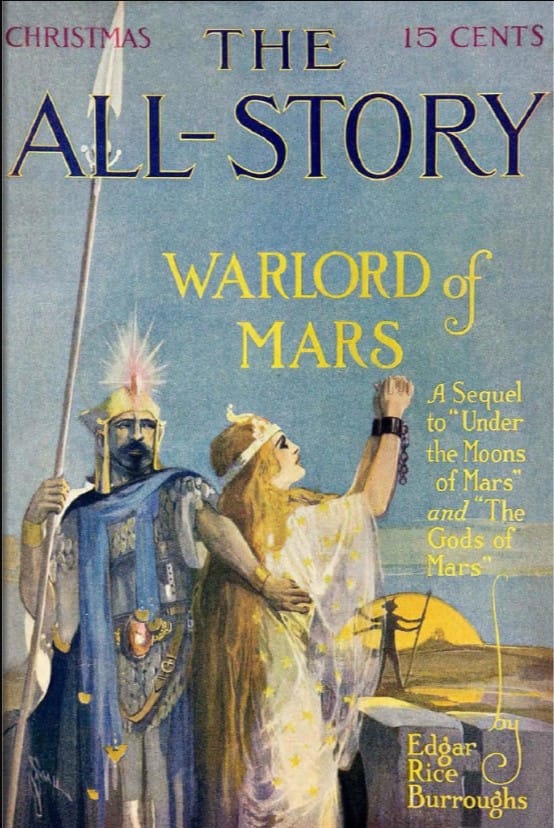
Frye also seeks to ground his definition of literature [literary verbal structures] in this sense of internal or inward meaning:
The reason for producing the literary structure is apparently that the inward meaning, the self-contained verbal pattern, is the field of the responses connected with pleasure, beauty, and interest. The contemplation of a detached pattern, whether of words or not, is clearly a major source of the sense of the beautiful, and of the pleasure that accompanies it.
--Northrop Frye, Second Essay
Frye didn't want to criticism to be beholden to anything outside itself. His objective to was to find a sense of what literature is that emerges from literature itself, and that does not attempt to force literature to serve ends outside of itself. But let us look again at Alasdair MacIntyre's definition of a practice:
By a 'practice' I am going to mean any coherent and complex form of socially established cooperative human activity through which the goods internal to that form of activity are realized in the course of trying to achieve those standards of excellence which are appropriate to, and partially definitive of, that form of activity, with the result that human powers to achieve excellence, and human conceptions of the ends and goods involved, are systematically extended.
--Alasdair MacIntyre, After Virtue
Frye very much wanted to keep other disciplines out of criticism, and while I understand his reasons, I think it is also very clear that literature, and why we enjoy it, is not cleanly separable from a conception of the good. Especially if we look at MacIntyre's second part of the definition, which maps very well to Frye's idea that you can only understand literature by entering into the community of writers and readers passing back into time.
For if the conception of a good has to be expounded in terms of such notions as a practice, of the narrative unity of a human life and moral tradition, then goods, and with them the only grounds for the authority of laws and virtues, can only be discovered by entering into those relationships which constitute communities whose central bond is a shared vision and understanding of goods.
--Alasdair MacIntyre, After Virtue
And while Frye wants to define literature, stories, as those verbal structures that primarily are inward focused and hypothetical, he also knows very well that inward- and outward-facing meaning is not a dichotomy, but a continuum:
In literature, what entertains is prior to what instructs, or, as we may say, the reality-principle is subordinate to the pleasure-principle. In assertive verbal structures the priority is reversed. Neither factor can, of course, ever be eliminated from any kind of writing
...
It is clear, too, that the proportion between the sense of being pleasantly entertained and the sense of being instructed, or awakened to reality, will vary in different forms of literature. The sense of reality is, for instance, far higher in tragedy than in comedy, as in comedy the logic of events normally gives way to the audience's desire for a happy ending.
--Northrop Frye, Second Essay
For ordinary, non-literary descriptive writing, the everyday sense of "literal" that simply is an accurate representation of a thing in words is sufficient. But for literature, which has this special sense of inward-looking meaning that is not primarily about anything in the world we live in, we need another sense.
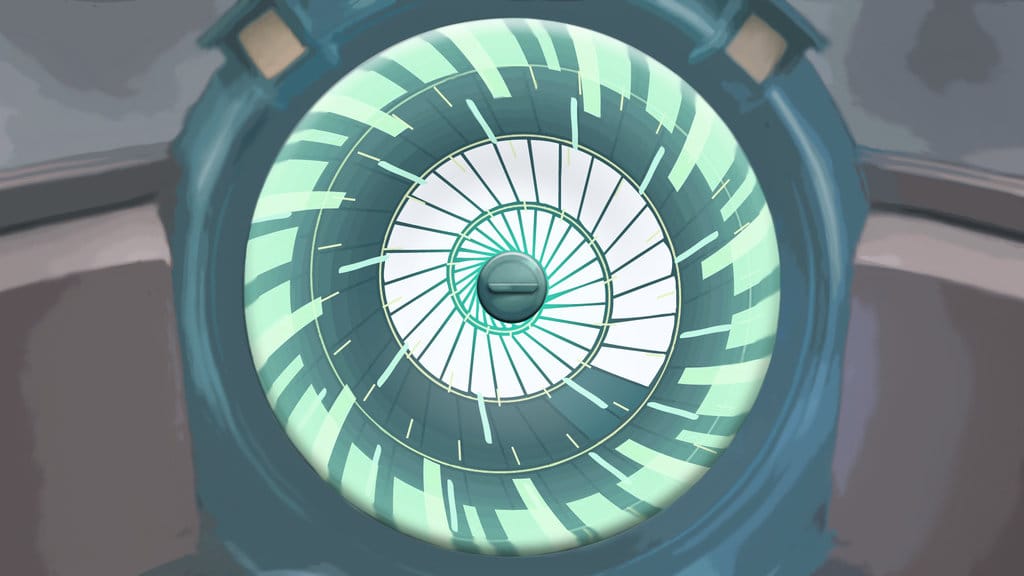
Only now with this preparation can we see what Frye wants to tell us. This is what Frye means by a motif, a self-contained verbal pattern. When we look at a story as a story, or a poem as a poem, this is how we understand it. For criticism, the literal sense of a story is not what it describes, because stories are not primarily about description. Frye wants us to see a story as a story, as a sequence of interlocking motifs that relate to each other to generate meaning.
We usually say that the word cat "means literally" a cat when it is an adequate sign for a cat, when it stands in a simple representative relation to the animal that says meow. This sense of the term literal comes down from medieval times, and may be due to the theological origin of critical categories.
...
But this conception of literal meaning as simple descriptive meaning will not do at all for literary criticism. An historical event cannot be literally anything but an historical event; a prose narrative describing it cannot be literally anything but a prose narrative. The literal meaning of Dante's own Commedia is not historical, not at any rate a simple description of what "really happened" to Dante. And if a poem cannot be literally anything but a poem, then the literal basis of meaning in poetry can only be its letters, its inner structure of interlocking motifs. We are always wrong, in the context of criticism, when we say "this poem means literally" and then give a prose paraphrase of it.
--Northrop Frye, Second Essay
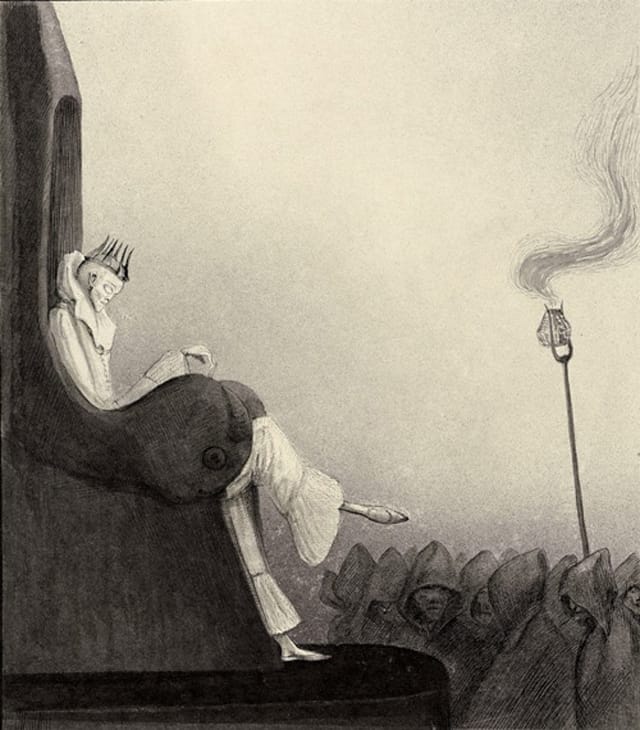
To understand a poem in this literal sense is not to attempt to paraphrase it, but to see it as a unified whole that cannot be expressed in any other way. Frye then extends this idea further, that instead of seeing it as a unified whole, we could understand a poem as a rhythm in time, or as a pattern in space. The narrative of a poem is a way of perceiving the movement of the poem over time in the same way we listen to a melody, and the theme of a poem is seen at once, the way we view a painting.
Now as a poem is literally a poem, it belongs, in its literal context, to the class of things called poems, which in their turn form part of the larger class known as works of art. The poem from this point of view presents a flow of sounds approximating music on one side, and an integrated pattern of imagery approximating the pictorial on the other. Literally, then, a poem's narrative is its rhythm or movement of words. If a dramatist writes a speech in prose, and then rewrites it in blank verse, he has made a strategic rhythmical change, and therefore a change in the literal narrative. Even if he alters "came a day" to "a day came" he has still made a tiny alteration of sequence, and so, literally, of his rhythm and narrative. Similarly, a poem's meaning is literally its pattern or integrity as a verbal structure. Its words cannot be separated and attached to sign-values: all possible sign-values of a word are absorbed into a complexity of verbal relationships.
--Northrop Frye, Second Essay
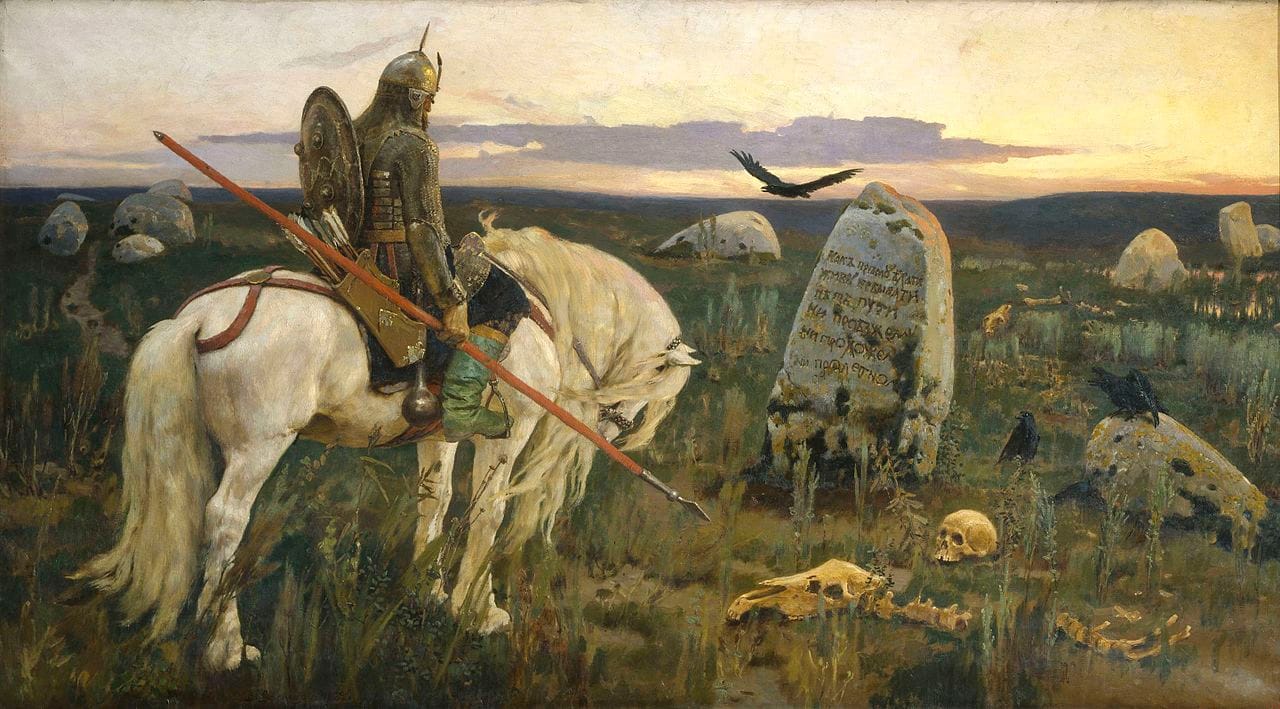
In all of this, Frye borrows heavily from the art movement known as symbolism, which he calls symbolisme in the Anatomy, likely just to simplify when he meant analysis of symbols in general as compared to a specific movement. Frye felt that the symbolists had identified the fundamental building blocks of stories as stories. The symbolists also created some very striking paintings in a style that evokes a sense of uttering truth without being descriptive. I can see why Frye wanted to import this into his overarching theory. Maybe sometime I'll do a deep dive on symbolism's relationship to fantastic literature, starting with Poe.
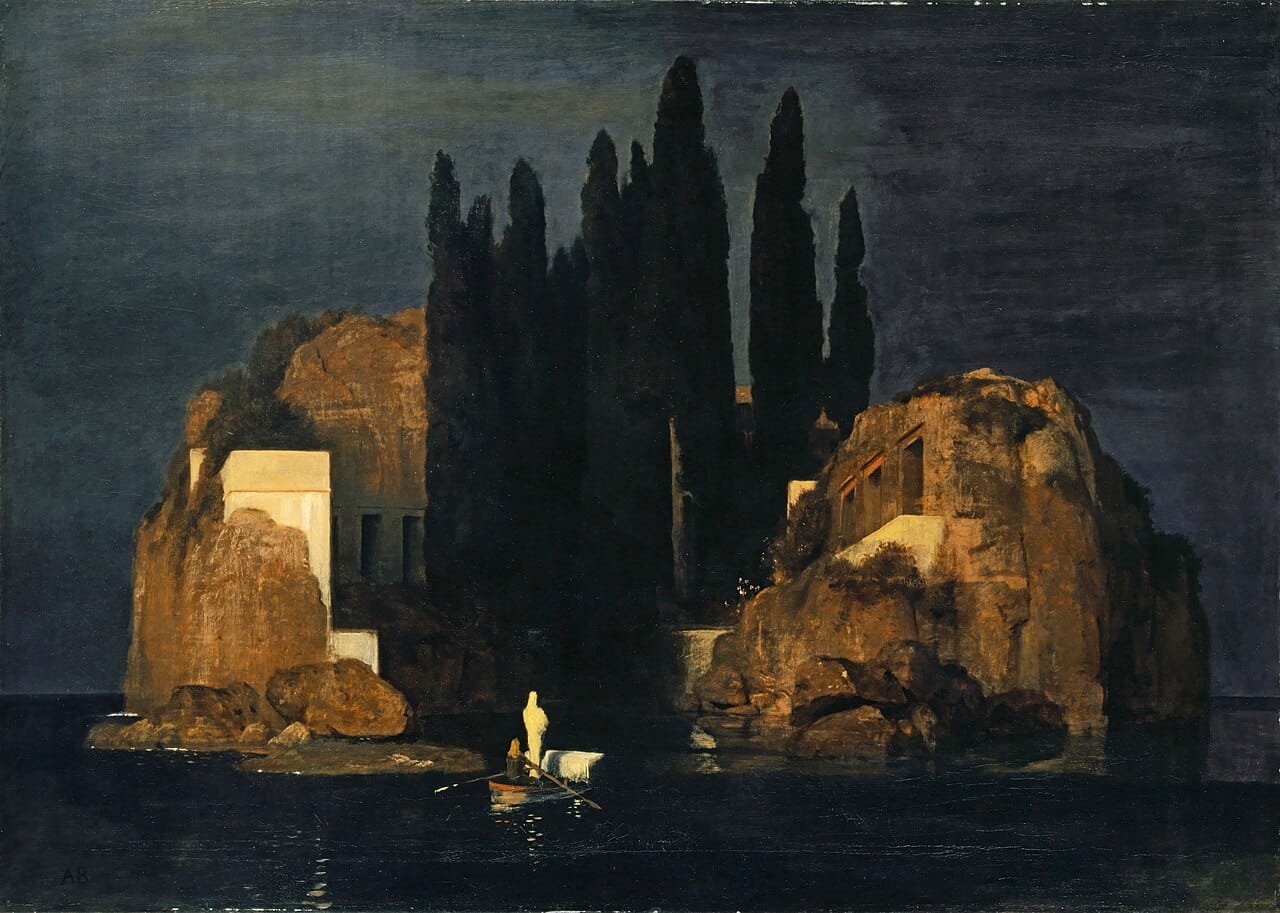
Now Frye turns to the other side of the coin, the descriptive sense. The descriptive sense of a poem is how we relate the poem to things outside of itself. Instead of using music and paintings as examples, now Frye will turn to non-literary writing:
...when we look at the symbols of a poem as verbal signs, the poem appears in a different context altogether, and so do its narrative and meaning. Descriptively, a poem is not primarily a work of art, but primarily a verbal structure or set of representative words, to be classed with other verbal structures like books on gardening. In this context narrative means the relation of the order of words to events resembling the events in "life" outside; meaning means the relation of its pattern to a body of assertive propositions, and the conception of symbolism involved is the one which literature has in common, not with the arts, but with other structures in words.
--Northrop Frye, Second Essay
The thing that everyone wants to call the literal sense of a story, for example a prose paraphrase of a poem, is what Frye means by the descriptive phase. Frye constructs an axis of classification using literal and descriptive as the two endpoints, and then we can determine where on that axis any given story will lie.
Literature deeply influenced by the descriptive aspect of symbolism is likely to tend toward the realistic in its narrative and toward the didactic or descriptive in its meaning. Its prevailing rhythm will be the prose of direct speech, and its main effort will be to give as clear and honest an impression of external reality as is possible with a hypothetical structure. In the documentary naturalism generally associated with such names as Zola and Dreiser, literature goes about as far as a representation of life, to be judged by its accuracy of description rather than by its integrity as a structure of words, as it could go and still remain literature. Beyond this point, the hypothetical or fictional element in literature would begin to dissolve. The limits of literary expression of this type are, of course, very wide, and nearly all the great empire of realistic poetry, drama, and prose fiction lies well within them. But we notice that the great age of documentary naturalism, the nineteenth century, was also the age of Romantic poetry, which, by concentrating on the process of imaginative creation, indicated a feeling of tension between the hypothetical and the assertive elements in literature.
--Northrop Frye, Second Essay
Frye doesn't spend much time on the descriptive sense. I suspect this is because the descriptive sense is more clear, more obvious to us, and doesn't require much elaboration. Frye needed it as the antithesis to the thesis of the literal sense, and the resolution of that tension will come when we consider the next phase, the formal phase.
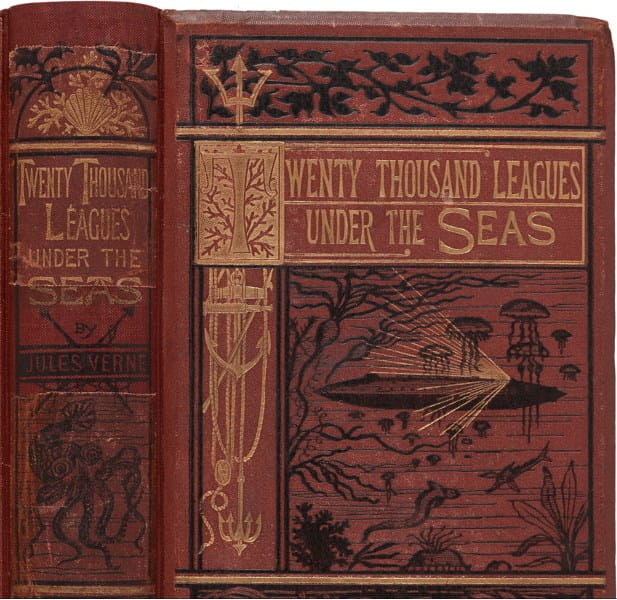
![The Great American [Adventure] Novel](/content/images/size/w720/2025/09/960px-Albert_Bierstadt_-_A_Storm_in_the_Rocky_Mountains-_Mt._Rosalie_-_Google_Art_Project.jpg)
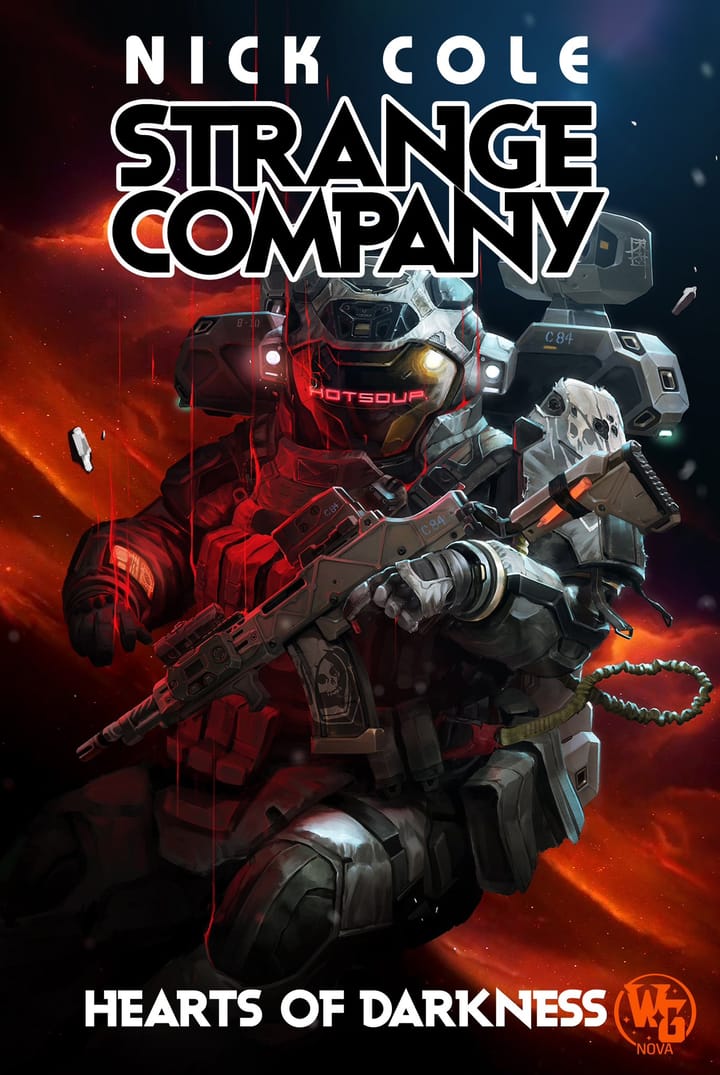

Comments ()